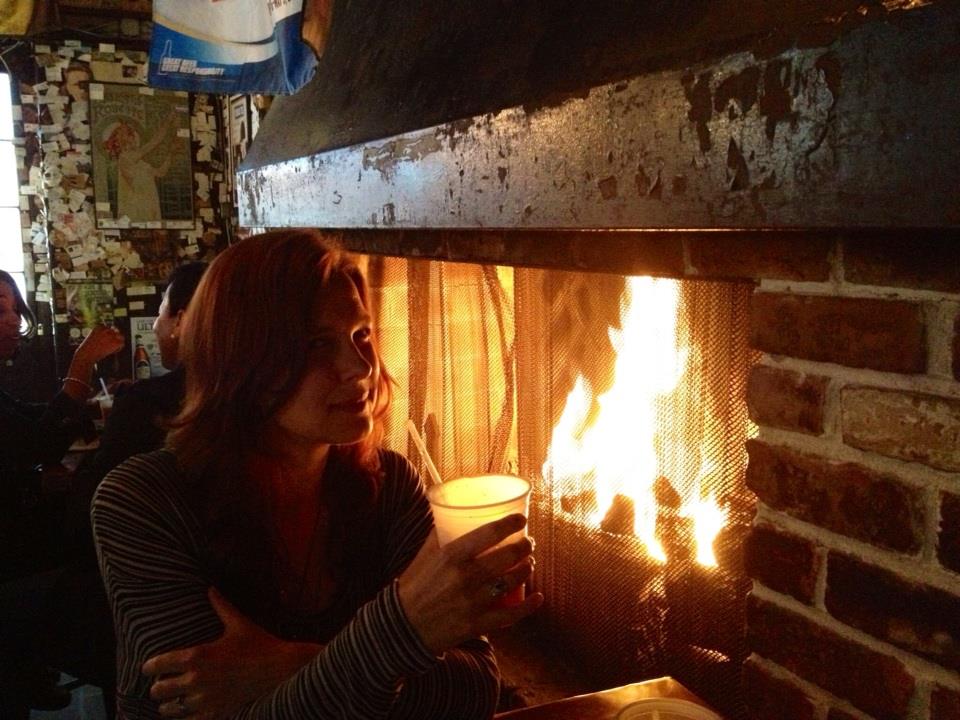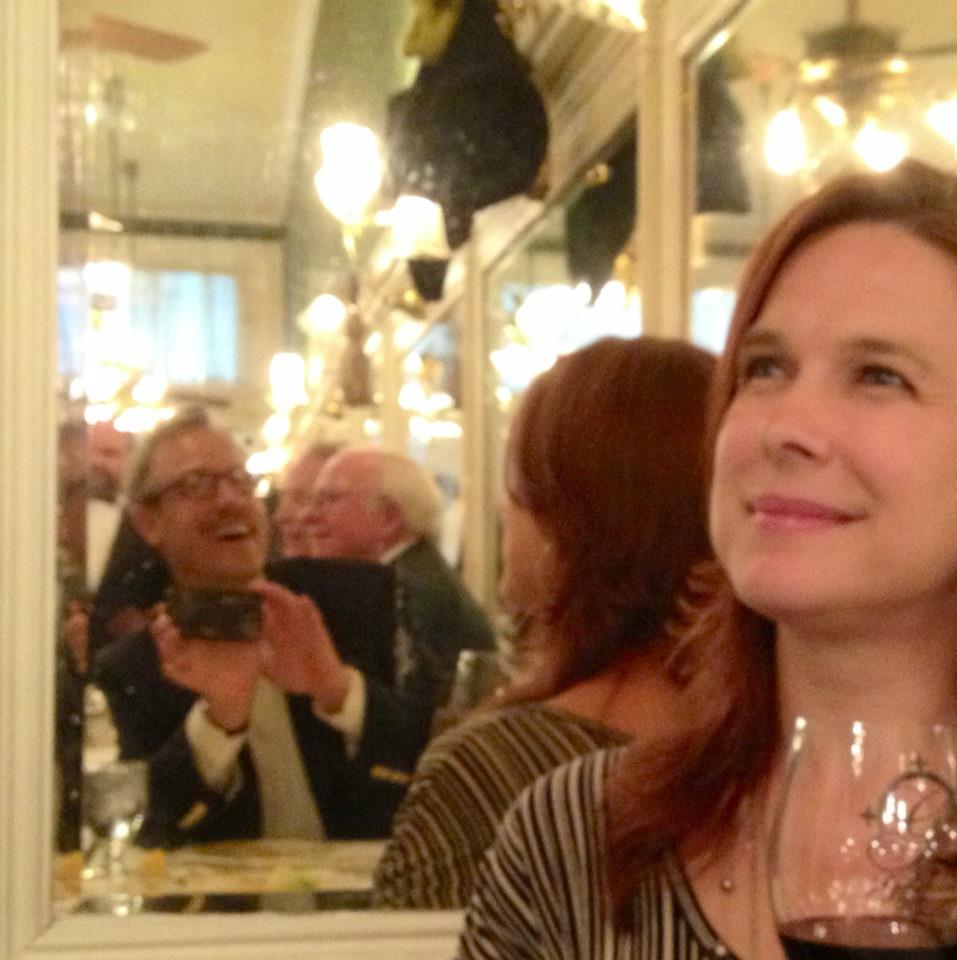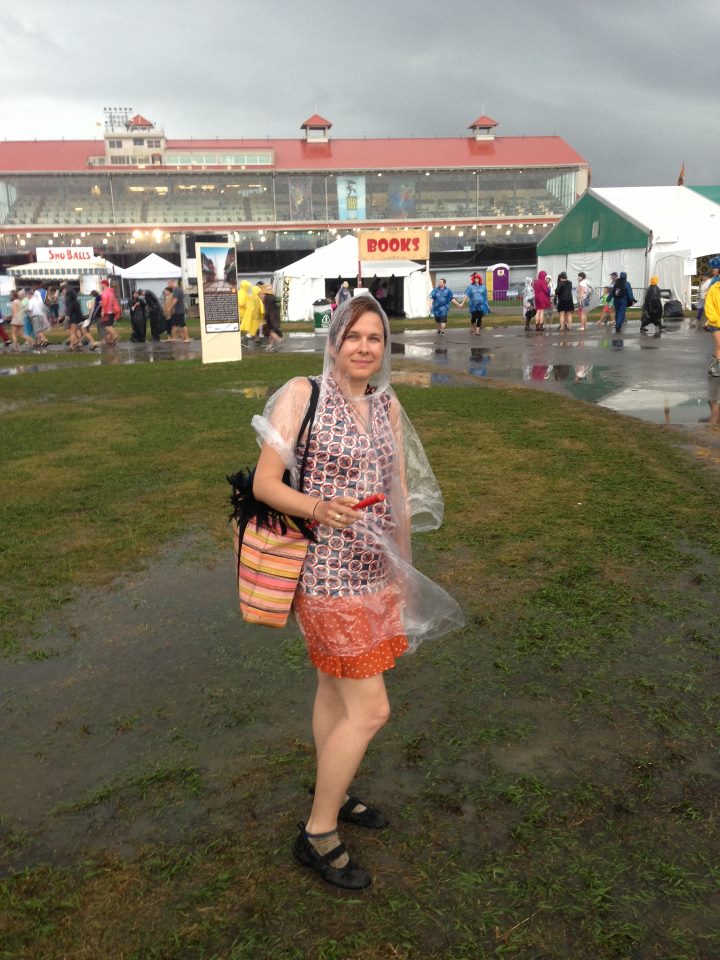
John and I lived in New Orleans for a month this spring, and if you saw our Facebook posts about the eating, drinking, music and general frivolity, you might not believe it was an educational trip.
This was our third long-term visit to NOLA and I’ve come to think of these visits as New Orleans semesters. It seems the city has so much she wants to teach me.
We spent about two months in spring 2011, and I spent a big chunk of that visit laid out by a nasty bug. I arrived in New Orleans with ambitious plans and being sicker than I’ve been in my adult life forced me to recalibrate. I had no choice but to slow down, which got me closer to the general pace of life in New Orleans.
That same visit, I found myself without a single working watch. For the record, that was five stopped watches. I took it as an opportunity. Apparently the cool kids don’t wear watches, just checking the time on their phones. But without being able to discreetly glance at my wrist, I often just lost track of time. It was lovely.
These are just a few of the lessons that have been on the New Orleans syllabus, along with learning to keep an open mind to new experiences and appreciating that most of my life’s bad times still could have been worse.
This visit, my New Orleans tutorial was on the value of plan B.

I got my first chance to be flexible when the apartment I’d chosen because it had air conditioning and wifi had problems with both. Internet service went out daily and turning on the A/C would almost immediately trip the circuit breaker.
John and I were both working from home in a fourth-floor walk up, sans A/C and with spotty wifi. And it was fine.
A couple of days, I worked from a pleasant coffee shop, then I had a conference out of town, and when I returned, our gracious hostess cajoled AT&T into a service call to improve service. Meanwhile, it was such a cool spring in New Orleans that we barely needed air conditioning, and by the time we did, the same gracious hostess had replaced it.
Friends invited us to meet them at their house before we all biked the long-ish ride to the New Orleans Jazz and Heritage Festival. But shortly after we arrived at their place, the sky darkened and rain poured down in buckets.

When it became apparent we weren’t going anywhere any time soon, they pulled out all manner of delicious treats they’d planned for dinner that night and we had an impromptu brunch.
On our touristy to-do list was Friday lunch at Galatoire’s, a French Quarter institution. We arrived mid morning to line up and learned we were already too late for the first seating, but we had a cozy, fun hangout at the nearby Old Absinthe House, sitting near their fireplace on a chilly day and using their free wifi, before getting into Galatoire’s a little later into the rowdy all-day affair that is lunch there.
One night we had tickets to see Michael White at Snug Harbor. During the show, the power went out. After the briefest pause, the band kept playing in the dark. A few fans aimed their cellphone flashes at the stage, but Michael asked them not to, so we enjoyed trad jazz by faint candlelight.
The darkness and the “show must go on” attitude made the night feel more special and memorable.
Eventually I began to see how flexibility was the key that opened great experiences.
At that same Michael White show, the process of lining up to get into to the venue was sort of chaotic. People who needed their tickets had to push past a line of people who already had tickets, and anyone who wanted the bathroom had to wiggle through both groups. One loud belligerent guy refused to wait in line while another acted like a border collie urgently trying to get people to follow the vague rules.
Meanwhile, John and I observed the chaos, and I thought to myself that the guys who were fighting it were choosing to make themselves miserable. You’re in one of the city’s best jazz venues, you’re going to get a seat if you have a ticket, what’s the problem? If you let it be what it is, maybe you could strike up a conversation with the people next to you in line or go into the show in a good mood so the blackout would seem special instead of yet another failure to be perfect.
When we got back to New York, I shared with a friend that I was kicking around this post on New Orleans showing me the value of flexibility and plan B. He laughed heartily and said, “New Orleans is nothing BUT plan B.”
I realized that if you live in a city where maybe all your worldly possessions got washed away in Katrina, or maybe your home was fine but you live with the knowledge you might need to evacuate for the next hurricane sometime soon, you probably don’t get attached to expectations of how things should be day to day. It’s a city where shootings are all too common and many things don’t work well, yet many people seem to not only cope but find a joy in life that’s infectious.
One of the questions we often ask when we’re getting to know New Orleanians, especially transplants, is what it’s like to live there. Almost without exception, they will first emphatically describe the challenges of life in New Orleans, and quickly follow with how much they love it and they couldn’t live anywhere else.
It’s not perfect, they go with it as it is, and they love it. New Orleans at its wabi sabi plan B best.


5 Comments
Leave a reply